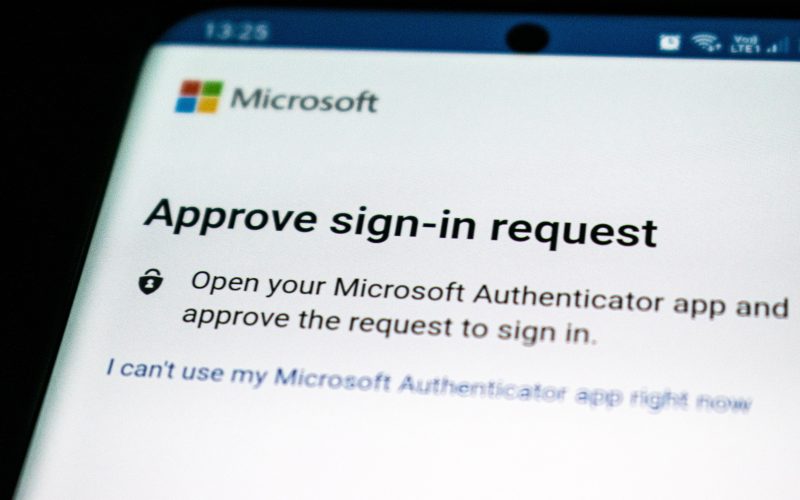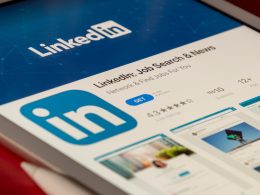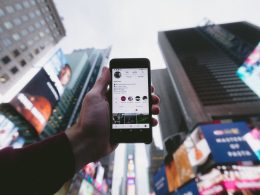As our day-to-day lives shift ever more into the online world, the resulting efficiency and comfort that we enjoy, unfortunately, come in tandem with an increased risk of private data breaches. Sneaky cybercriminals are taking advantage of the amount of private information that we now house online. Whereas just a decade ago, we wouldn’t dream of it, now, many people conduct all of their banking transactions online. Add to this the huge increase in the remote workforce (and, thus, remote payroll), and a talented hacker may be able to gain access to routing and social security numbers.
This is where two-factor authorization comes into play (2FA).
What is 2FA?
2FA is a second layer of protection you can activate on several different accounts (from social media to banking) to further control access to these sites. You can think of password protection and 2FA as if they’re an ID badge and fingerprint scanning system. By entering your username and password into your Gmail account, you can identify yourself like you would with an ID badge. However, criminals with access to your account log-in information can pretend to be you and have full access to your account. With 2FA, thankfully, there’s a second layer of security that further confirms your identity in a more personal way, like a fingerprint scanner, to make it that much harder for someone without authorization to be granted access to your accounts.
How Does 2FA Work?
After you insert your username and password, you’ll be brought to a second page where you’ll be asked to verify your identity again. This verification can take different forms depending on how you set up your 2FA and on what platform you’re implementing it. The information you choose to use as your 2FA is called second-factor information, and it’s less likely that a criminal could get access to this information in addition to your username and password information.
2FA can protect your account by requiring that you enter additional information, like a pin code, a literal second password, or the answer to personal security questions; or it can send a push notification to one of your devices that you have to approve before being allowed into your account. These push notifications can have many different forms, including phone calls where you need to answer and press certain keys or text messages with a one-time code to enter to be granted access to the account.
The great thing about 2FA is that even if a criminal gains access to your username and password, it’s unlikely that they’ll also have access to your second-factor information that serves as the last line of defense.
Use these Easy Guides to Set up 2FA on Your Different Platforms
We’ve created some simple step-by-step instructions that you can use to set up 2FA on your various platforms to ensure you have two layers of protection in all of the places you need. Whether you’re looking for extra security to protect your online shopping through Amazon or your personal conversations via Whatsapp, we’ve got you covered.
Click here to see how you can add 2FA to your Facebook account.
Click here to see how you can add 2FA to your Twitter account.
Click here to see how you can add 2FA to your Instagram account.
Click here to see how you can add 2FA to your LinkedIn account.
Click here to see how you can add 2FA to your Google/Gmail account.
Click here to see how you can add 2FA to your TikTok account.
Click here to see how you can add 2FA to your Amazon account.
Click here to see how you can add 2FA to your Whatsapp account.
Click here to see how you can add 2FA to your ProtonMail account.
Click here to see how you can add 2FA to your Yahoo account.








